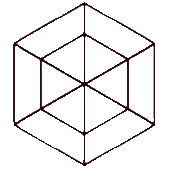1139 words
Parent: T.00_ED_TEXTUAL HOLOGRAM: PRESENTATION
IMMANENT SUBLIME
Source: Elie During, “Ikeda, or subliminal time”, in Ryoji Ikeda (ed.), continuum, Pliezhausen: Éditions Xavier Barral, 2018.
Ikeda’s method of datamatics offers a new version of the mathematical sublime: a version that is in effect less submersive than immersive, because it does not strive to attenuate but, on the contrary, to reveal the gaps that allow things to coexist only within their proximal degrees of disconnection and to correspond with each other without any resemblance whatsoever, thanks to the translations effected by operations of coding/decoding. Of course, from the spectator’s viewpoint, correspondences between series (digital or otherwise) organize their transformative play at a cognitive level, which is not that of an analytic apprehension of relations, but that of a sensible, embodied seizure. We could add that this manner of submitting quantity as such to artistic treatment is probably less sublime than it is subliminal, precisely because it plays itself out at the limits of what perception is capable of handling, on the fringes or at the thresholds where the imagination, less overloaded than dispossessed, loses every substantial foothold and finds itself in the same instance forced into more abstract movements of thought yet without having to depart from the plane of the sensible.
In the influx of sensations and in the evocation of the infinite that it arouses, something more subtle and more suggestive emerges: a transversal movement brushes up against surfaces and hints at superior dimensions, exactly in the sense of Duchamp who, following his ironic method, constructed a clock in profile, or even Poincaré, who defined a continuum in n dimensions by the way in which it could be “cut” (or separated into unconnected parts) by a continuum of n-1 dimensions. For Ikeda, thanks to a state of grace, a form outlines itself, one that is not exactly a surface nor a volume and, moreover, that it would be difficult to localize anywhere in particular if our body itself did not act here as a locator, much like a Leibnizian monad, materializing a point of view (in this particular case, a listening point) and offering an individual expression of the entire universe. This amounts to a local projection of the whole. But the form remains imperceptible in itself, and therefore non-localizable. Or rather, it makes itself sensible only through its movement: it traverses the field and transparently inscribes itself within it, like a watermarked drawing. Hence, we perceive the faint sonorous quivering obtained in the white chamber (A[continuum]) by the minute oscillations around the frequency of A fixed at 440 Hz. These micro-tonal interferences are the result of a purely intensive variation in place. They lead the spectator to auditory (and perhaps visual or hyper-visual) hallucinations superimposed on their auditory field. Everything happens as if hidden patterns were progressively revealing themselves through the simple trembling of a transparent medium in a sonorous and luminous bath fed by five super-directional speakers.
If it is still legitimate to speak here of a mathematical sublime, it would not be exactly in the way that Kant understood it. Between him and us, there is Cantor (and Russell and many others). A barrier has been broken down. The veritable axis of the sublime is not that of an inaccessible totality, what we call an “Idea”, either “infinite” or “continuous”, but a form that emerges in the very structure of infinity or mathematically mastered continuity—and ultimately, in the very structure of the finite, provided we understand it correctly. What is at stake here is a “flat” sublime, horizontal or immanent. Alain Badiou, following Hegel’s Logic, more particularly its developments on “quantitative infinity”, clearly articulated the issue. To achieve this, he did not even need to make use of the overwrought word “sublime”.
In order to break with the Romantic pathos attached to the idea of a descent from infinity (or from the Ideal) into the finite body of the work (at the cost of excess, saturation and fragmentation), it suffices, explains Badiou, to consider that “the infinite [is] nothing but the finite, once the latter is conceived not in its objective finitude, but in the act from whence it arises” (Alain Badiou, The Century, p. 155). Badiou pursues this further: “There is no separate or ideal infinite. The infinite is not captured in form; it transits through form. If it is an event – if it is what happens – finite form can be equivalent to an infinite opening.” It is worth emphasizing that the act whereby the finite as such arises no longer refers to the situation described by Kant, namely the abyss separating imagination and reason, the rift between the sensible and the suprasensible, splitting the subject apart. Nor does this act coincides with the desperate effort to fill such an abyss or to mend such a rift. It is less a question of a subject experiencing its own impotence, the radical passivity of its sensible being, in order to better ascend to the Idea of its true moral destination, than of the possibility—albeit merely glimpsed—of implementing constructive procedures of a special kind. The intuition is that, based on the acts and operations that institute it, form would be capable of overstepping its own finitude. It would do so in an immanent fashion, not by shaking up constituted formats, but by being rendered operative according to new formalizations. Badiou goes on to suggest a general perspective on the nature of artistic production: “Indeed, there can no longer be any established devices for the production of art. There is only the multiplicity of formalizations.” In other words, it is not a question of cleaving open forms or altering them by subjecting them to a power of deformation of which only the artist would know the secret (anamorphosis, according to Barthes, still conserves something Romantic in that sense) but rather, it is a question of intensifying across these forms the movement through which the finite oversteps itself in itself, not by enduring qualitative change in a process of alteration, but by the simple effect of brute repetition, of iteration which is the proper power of number. If the act itself is defined as a certain intensification of the algorithm, it can extend repetition to infinity (at least virtually and in proportion to the calculating power of machines). Hence, quality is attained in the very order of quantity, just as the mathematical continuum is attained through the discrete. The reason for this is that ultimately the infinite is, as Hegel claims, “a pure quality of the finite itself”. Thus, the essence of the finite is not the boundary (the limit that the subject of the transcendent sublime bumps up against); it is (sublime immanent) repetition.
Links
︎ egs.edu/biography/elie-during ︎ parisnanterre.fr/m-elie-during--697698.kjsp
From the same writer
T.00_ED_TEXTUAL HOLOGRAM: PRESENTATION T.01_ED_FOLDS AND PIXELS T.02_ED_DIGITAL SUBLIME T.03_ED_MATHEMATICAL SUBLIME T.04_ED_IMMANENT SUBLIME T.05_ED_NEXUS T.06_ED_KINKED CLASSICISM T.07_ED_LOOSE COEXISTENCE T.08_ED_FLOATING TIME T.09_ED_FLOATING SPACE T.10_ED_RETRO-FUTURES T.11_ED_EXITING VIRTUAL REALITY T.12_ED_BULLET TIME T.13_ED_GHOST TIME T.14_ED_SUBLIMINAL TIME T.15_ED_DIAGRAMS OF COEXISTENCE T.16_ED_VOLUME-IMAGE T.17_ED_VERTICAL TIME T.18_ED_TURNING MOVEMENTS T.19_ED_SUPERTIME T.20_ED_PROTOTYPE T.21_ED_ZERO-G ARCHITECTURE T.22_ED_SHOCK SPACE T.23_ED_TRANSPARENCY






